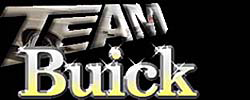This is not necessarily better, but just different.
Do you know what size the original threads were? Do the plated threads still look like threads? If yes, you might want to consider tapping an oversize thread in the nuts, or maybe new nuts so you can preserve the originals in case you find a better fix later on.
Ray


 From the Reference Section:
From the Reference Section:



Bookmarks